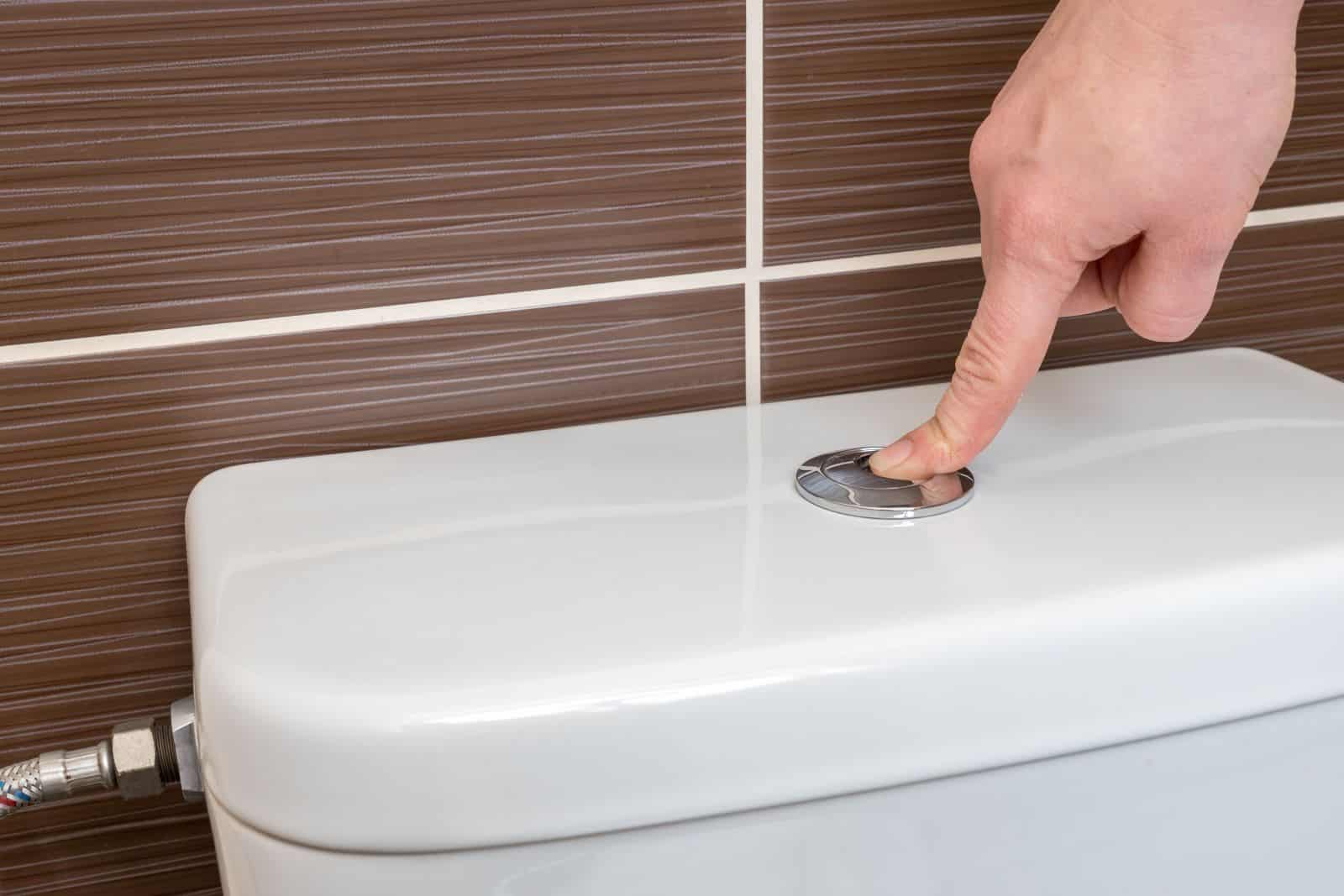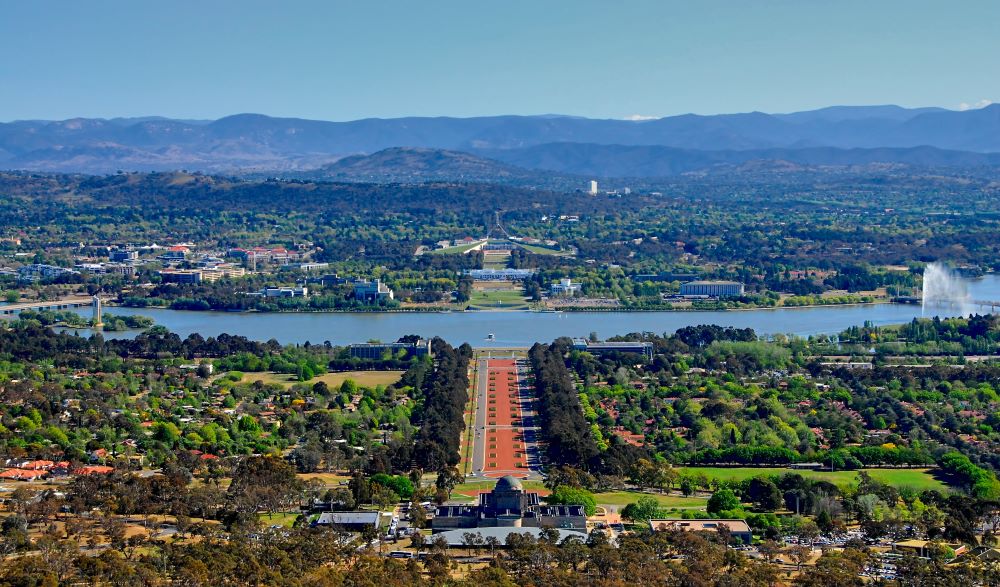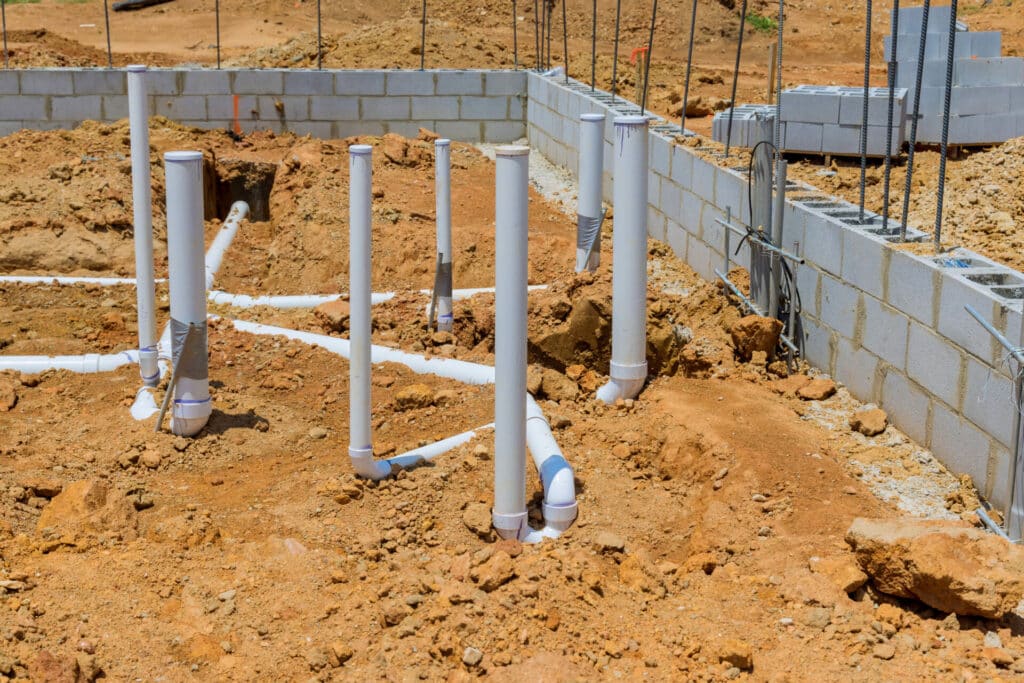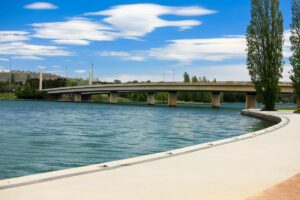Ever wonder where shower water goes or why gutters are so important? A well-functioning drainage system in Canberra is like a superhero for your home, silently battling water damage and protecting your foundation. In this article, we’ll take a look at the basics of drainage systems, including the Australian standard for drainage, where drain water goes, and how shower and toilet water are managed.
We’ll also explore the four types of drainage systems commonly used in homes and provide drainage solutions specific to Canberra.
The Aussie Drainage Rulebook: (AS/NZS 3500)
Imagine your home as a complex organism whose drainage system is its circulatory system. Just like our bodies need a well-functioning circulatory system to stay healthy, your home relies on a properly designed drainage system to avoid water damage and costly repairs. This is where the AS/NZS 3500 standard comes in – it’s the rulebook that ensures your Aussie drainage system is built tough and functions flawlessly.
It’s a set of guidelines published by Standards Australia and Standards New Zealand, jointly ensuring consistent plumbing practices across both countries.
Here’s a closer look at what this essential standard covers:
- Pipe Sizing: Not all pipes are created equal! The AS/NZS 3500 standard specifies the exact diameters required for different drainage applications. This ensures that pipes can handle the expected wastewater volume without clogging or overflowing.
- Material Mania: From trusty PVC to durable copper, the standard also dictates the appropriate materials required for various drainage applications. For example, it might specify using a particular type of plastic pipe that can withstand hot water from your dishwasher, while another type might be suitable for venting gases from your sewer system.
- Installation Know-How: Just like following a recipe, proper installation is vital to a functional drainage system. The AS/NZS 3500 standard outlines the specific installation methods for different types of pipes and fittings. This ensures a watertight and long-lasting system, preventing leaks and ensuring proper flow.
- Wastewater Warriors: When it comes to wastewater, the standard doesn’t just focus on pipes; it also dictates how different types of wastewater should be handled. For example, depending on local regulations, it might specify separate drainage systems for greywater (from showers, sinks, and laundry) and blackwater (from toilets). This helps ensure efficient wastewater treatment and minimises environmental impact.
- Safety First: Drainage systems sometimes deal with hazardous materials or unpleasant odours. The AS/NZS 3500 standard includes guidelines to prevent cross-contamination and ensure the safety of occupants and plumbers alike. This might involve proper venting procedures or specifying the use of backflow prevention valves.
By following the AS/NZS 3500 standard, plumbers and builders can create drainage systems that are:
- Safe: Minimising the risk of leaks, contamination, and hazardous situations.
- Efficient: Ensuring wastewater flows smoothly and avoids blockages.
- Durable: Specifying long-lasting materials and proper installation techniques.
- Environmentally Friendly: Promoting responsible wastewater management practices.
So, the next time you turn on your shower or flush the toilet, take a moment to appreciate the workhorses behind the scenes – your drainage system and the AS/NZS 3500 standard that ensures it functions flawlessly.

Where Does Your Water Go?
Typically, shower and toilet water travel through the drainage system to the municipal sewer system or a septic tank. From there, the water is treated and, depending on local practices, either finds a new life watering plants or goes back into the environment.
Drainage Champions: The Four Heroes
When it comes to Canberra homes and businesses, they have a team of drainage systems at their disposal:
Surface Drainage System
Gutters and downspouts are the stars here, working together to whisk rainwater away from your home’s foundation, keeping it nice and dry.
Subsurface Drainage System
This underground hero is a network of perforated pipes surrounded by gravel. Excess water in the soil gets sucked up by these pipes and carried away, preventing waterlogging.
Slope Drainage System
Imagine your land gently sloping away from your house. That’s the work of this system, cleverly using gravity to direct water flow away from your foundation.
Downspout and Gutter System
This dynamic duo directs water from your roof to the ground. Gutters collect the water, and downspouts act as water highways, channelling it away from your home.

What Are Some Drainage Solutions for Canberra?
Canberra’s climate and topography require some special drainage TLC, and here’s why:
Canberra’s Four Seasons
Canberra experiences all four seasons, with hot summers and cold winters. This fluctuation in temperature can impact the ground’s ability to absorb water. During hot summers, the ground becomes baked and less receptive to rainwater, increasing surface runoff. Conversely, cold winters can cause the ground to freeze, further hindering water absorption.
Summer Storms
Canberra can experience sudden and intense summer storms. These heavy downpours overwhelm traditional drainage systems if not properly equipped to handle large volumes of water quickly.
Canberra’s Topography
Canberra is a flat city. While slopes can naturally aid drainage in some areas, they can also create challenges in others. Steep slopes can accelerate water flow, leading to erosion and potential flooding in low-lying areas. Conversely, flat areas with poor natural drainage can become waterlogged after heavy rain.
These factors combined necessitate a multi-pronged approach to drainage in Canberra.
Here’s a breakdown of why some solutions are particularly relevant:
- French Drain: Imagine a superhero trench filled with gravel! This is a French Drain, perfect for areas that get flooded easily. It collects water and directs it away from your property.
- Stormwater Ponds and Wetlands are like mini-ecosystems that manage rainwater and provide a haven for local wildlife. They mimic natural water bodies but require careful maintenance.
- Rainwater Tanks: Ever feel like the sky is crying money when it rains? Rainwater tanks collect this precious resource for later use, reducing reliance on mains water and preventing localised flooding.
- Rain Gardens and Bioretention Cells: These methods not only capture rainwater runoff but also filter it, improving water quality and adding a touch of beauty to your landscape. Plant selection and maintenance are key here. Bioretention cells, or biocells for short, are a popular green infrastructure choice for managing stormwater runoff.
- Buffer Strips or Swales: These are nature’s drainage solutions! They act like filters, managing water runoff, removing pollutants, and helping rainwater soak into the ground. Imagine strips of plants lining your property. These buffer zones not only look nice, but they also act as filters, catching dirt and debris from water runoff.
- Permeable Paving: Permeable paving is made from fired clay brick or concrete. Crushed aggregate fills the joints between the pavers, allowing water to seep through the surface and reducing runoff. Just remember, regular cleaning is required to stay clog-free.
At The End Of The Day
By understanding drainage systems and implementing the right solutions and utilising preventative maintenance, you can ensure your Canberra home stays dry and healthy. Remember, a well-managed drainage system protects your property and the environment and even creates a haven for local wildlife.
So, give your drainage system a high five. It’s silently working hard to keep your home the haven you want it to be!
For any drainage issues in your Canberra home or business, contact us now at Contemporary Plumbing



